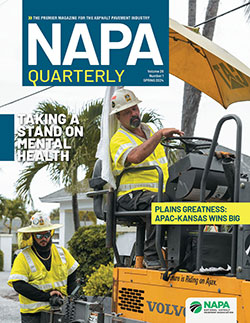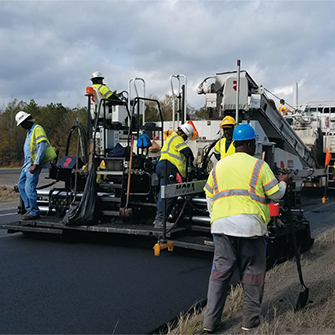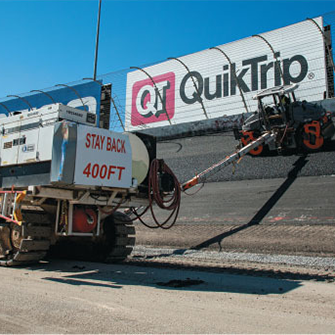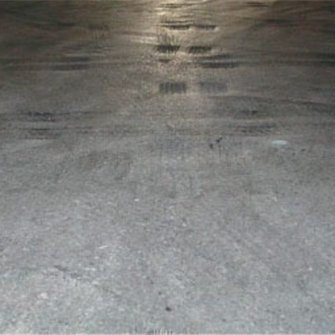
"I’m always excited to get the new issue. It helps us learn what other people do around the country. We try to implement those ideas."
Jeff Kresnak, CEO of Superior Asphalt Inc.
Advertise in NAPA Quarterly
NAPA Quarterly is read by asphalt producers, contractors, city and county engineers, officials at public works departments, and personnel at state departments of transportation across the nation. To learn about unique advertising opportunities, view our online media kit or contact Paul Walley, 352-333-3487.
Subscriptions
NAPA Quarterly magazine provides readers – members, non-members, decision makers, and road owners – with updates on asphalt pavement technology and innovations; best practices in plants, paving, and business operations; issues of importance industry-wide; and NAPA's strategic initiatives. Digital and/or print subscriptions are available to government agencies, State Asphalt Pavement Associations, and other stakeholders. Subscribe Now
Reprints
Looking for an archived issue or article? Limited print copies are available upon request. Consider searching our digital archives first, If you require print copy(ies), please share as much detail as possible. Submit Reprint Request.
Article Submissions
NAPA Quarterly magazine welcomes articles on subjects of interest to the asphalt pavement industry. Articles may feature products, services, and/or companies, but must not be sales-oriented; case studies are preferred. We reserve the right to edit submissions, to refuse publication, or to defer publication date/vehicle. To submit an article for consideration or inquire about submission guidelines, please email Ty Johnson, Editor.
Check out some of these popular archive stories!
Innovating with Performance-Focused BMD in Alabama

Industry and agencies share a unified desire for pavements that perform well under the loads of the traveling public and the environments in which they are placed. Asphalt pavement mixture design has evolved as demands on pavements increase and as engineering continues to advance in building high-performance and cost-efficient pavements. That’s led to balanced mix design (BMD), which is proving successful in places like Alabama. But it might still be ‘new’ to some road owners and mix producers. What is BMD, how did it come to be, and what are its benefits?
Work Zone Safety: The Thin Orange Line

Many individuals are focused on work zone safety: engineers who design the road, construction workers who build it, and the motoring public who use it. We all want to do our part to ensure the road, the work, and the travel are safe.
Yet in 2019 there were 135 construction workers killed in work zones, according to the National Work Zone Safety Information Clearinghouse.
The Potential of Plastics

Project Manager Brandon Reed had heard for years about plastics and their potential applications in asphalt pavements, so when the University of Missouri in Columbia said it had buy-in from the Department of Transportation (MoDOT) on a new mix design in 2021, he and Capital Materials seized the opportunity.
"Innovation’s one of our core values, so we always want to push the envelope of what we’re doing in the material supply space," Reed said.
28 Degrees of Speed

Federal, state, and local agencies across the country are adopting Buy Clean policies that aim to reduce embodied carbon emissions, which are the greenhouse gas (GHG) emissions associated with producing, constructing, and maintaining buildings and infrastructure. These policies require contractors to submit environmental product declarations (EPDs) and, in some cases, demonstrate compliance with global warming potential (GWP) limits.
Fuel-Resistant Asphalt

Airfield paving has unique challenges that differ from traditional highway paving. Airport officials, like their counterparts at the DOTs, are interested in building quality airfield pavements that will withstand everyday stresses and last as long as possible.
The highest stresses are in locations where the planes move slowly or are stopped. These locations are aprons, alleyways, taxiways, and the end of the runways. The center of runways, where aircraft are moving at high speeds, experience the lowest stresses.